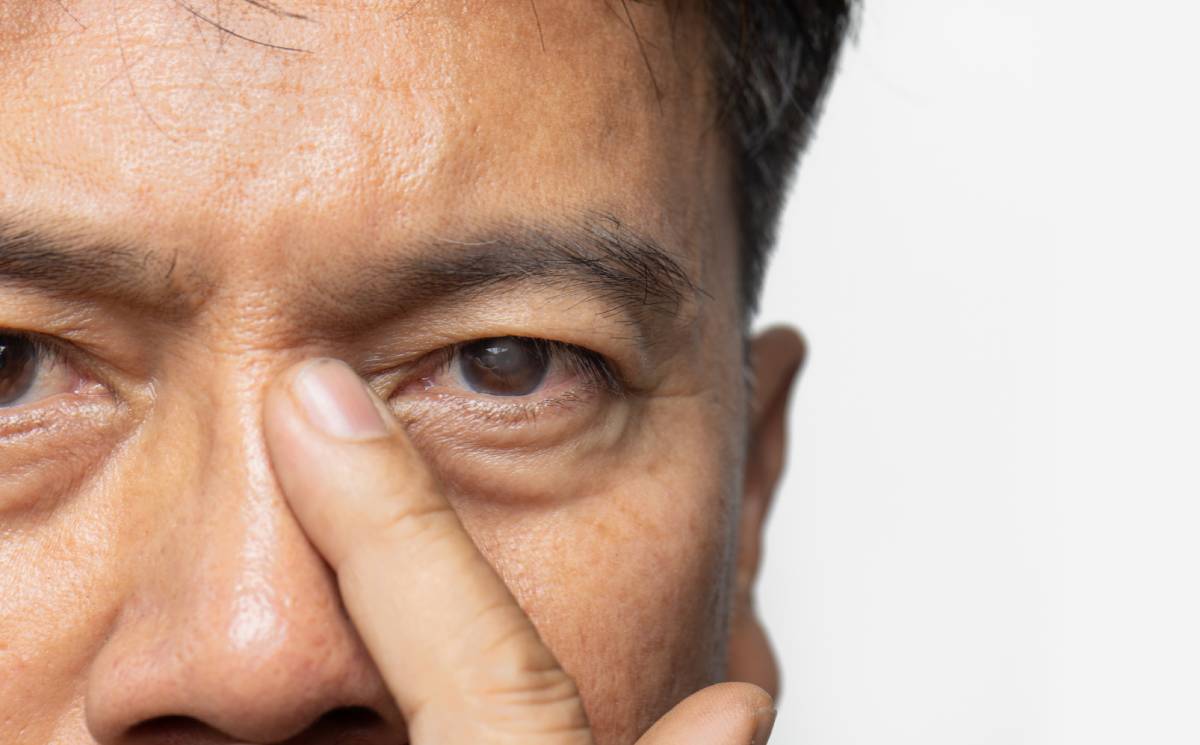Eyelid tumor reconstruction is a delicate procedure. It not only removes abnormal tissue but also restores both function and appearance to one of the most expressive areas of the face. Patients often wonder, “How long is the recovery process for eyelid tumor reconstruction?” This article explores recovery timeline as well as factors that can affect the process and practical tips to ensure a smoother healing journey.
How Long Is the Recovery Process for Eyelid Tumor Reconstruction?
Understanding the Procedure
Eyelid tumor reconstruction generally involves two key stages: tumor removal and reconstructive surgery. When doctors excise the tumor, they also remove a margin of healthy tissue to ensure complete removal. Though this practice is best for ensuring the removal of a harmful tumor, it can leave a hole in the skin that must be repaired. Reconstructive techniques can include local flaps, skin grafts, or more advanced methods.
Immediate Postoperative Recovery
After surgery, patients can expect swelling, bruising, and some discomfort around the surgical site. The initial recovery period will usually last one to two weeks. During these first couple of weeks, you must closely follow your surgeon’s recommendations, which typically include:
- Medication Management: Take prescribed pain medications and antibiotics to manage discomfort and prevent infection.
- Wound Care: Keep the surgical area clean and follow instructions for changing dressings or applying topical medications.
- Activity Restrictions: Avoid strenuous activities that might raise blood pressure or strain the surgical area.
Although the first few days may be challenging, proper care and medication will help manage the discomfort. Many patients find that cold compresses can reduce swelling, but it is best to speak with your surgeon about using them before you place them near the eyes.
Short-Term Recovery: The First Few Weeks
Within the first month, significant improvements should become evident. By this time, most swelling and bruising have subsided, and any non-dissolvable sutures are typically removed. It is crucial that you attend any scheduled follow-up appointments during these weeks. They will give your surgeon an opportunity to assess your healing, remove any remaining stitches, and discuss further treatment if necessary.
In the first month after your operation, you may experience a sensation of tightness or mild numbness in the reconstructed area. These symptoms are usually temporary as nerve function gradually returns and tissues settle. Protecting the eye remains essential. Wear sunglasses outdoors to avoid potential sources of trauma and help prevent complications.
Long-Term Recovery and Final Outcomes
The complete recovery process for eyelid tumor reconstruction can extend from several months to a year. As healing progresses, several changes occur:
- Scar Maturation: Over time, scars typically fade and soften. In some cases, additional treatments such as laser therapy or injections may be recommended to improve the scar’s appearance.
- Functional Improvements: Patients often notice enhancements in eyelid movement and function as the healing process continues. Rehabilitation exercises or physical therapy might be suggested to help regain full mobility.
- Cosmetic Refinements: Depending on the initial outcome, some patients may opt for revision surgeries or cosmetic procedures to further improve the eyelid’s appearance.
Factors Influencing Recovery
Several factors can affect the duration and success of recovery after eyelid tumor reconstruction:
- Extent of Surgery: Larger tumors or those involving deeper structures may require more extensive reconstruction, leading to an extended recovery period.
- Patient Health: Overall health, age, and lifestyle choices such as smoking or the presence of chronic conditions can impact healing.
- Postoperative Care: Adhering to postoperative instructions is essential. Patients who follow their surgeon’s recommendations are more likely to experience a smoother recovery.
- Type of Reconstruction: The specific reconstructive technique used can influence both the cosmetic outcome and functional recovery. Techniques that preserve as much natural eyelid structure as possible may allow for a quicker return to normal activities.
Practical Tips for a Smooth Recovery
- Follow Medical Advice: Attend all follow-up appointments and promptly report any signs of infection or unusual symptoms, such as increased redness, pain, or discharge.
- Protect Your Eyes: Use sunglasses, avoid direct sunlight, and follow guidelines on washing and caring for the surgical area.
- Maintain a Healthy Diet: Eating foods rich in vitamins and proteins supports tissue repair and overall healing.
- Rest and Recuperate: Allow your body ample time to heal. Avoid activities that strain the surgical area, and gradually reintroduce normal activities as advised by your surgeon.
- Be Patient: Recovery is a gradual process. While the initial discomfort may decrease quickly, achieving optimal functional and cosmetic results can take several months.
Eyelid Surgery in Denver
The recovery process for eyelid tumor reconstruction varies from patient to patient. While many experience significant improvements within the first few weeks, full recovery may span several months to a year. Understanding the timeline, following postoperative care instructions, and maintaining a healthy lifestyle are key to achieving the best possible outcome. Consult a physician specialized in oculoplastic surgery today to discuss the best operative plan for you and the recovery process.



